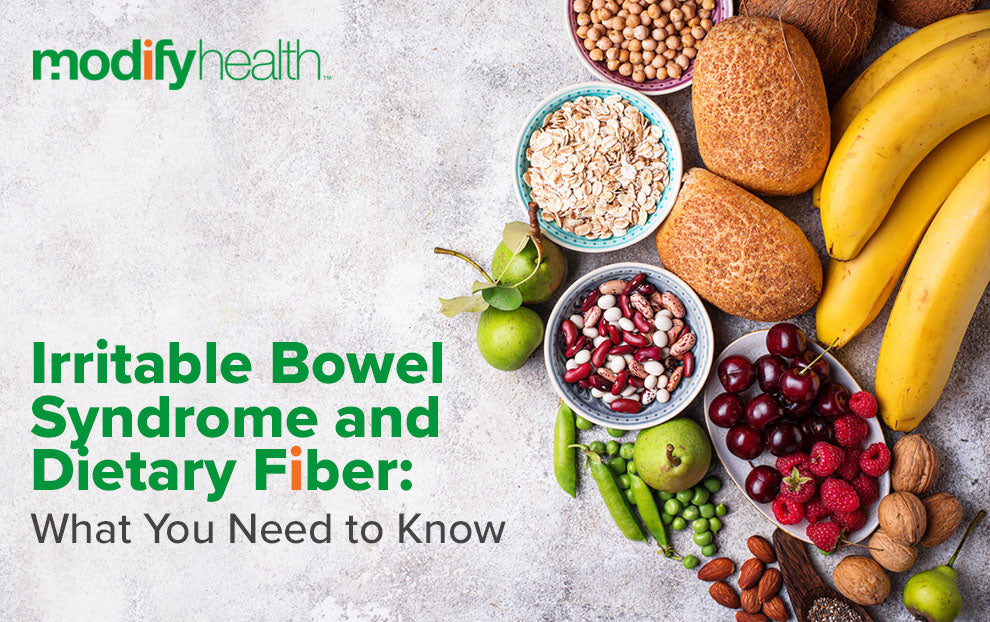
Are humans omnivores, or are they not? Although they might not be, this doesn't mean that they don't eat plant foods. Humans have a 2.21 trophic level, which means that many people eat mostly plants. Prior to the industrial revolution, humans lived more plant-based lives. Others animals, such as pigs and other omnivores are also omnivores.
Grasshoppers
Grasshoppers are insects, and the only species on earth that chews on plants. This makes them one of the oldest known chewing insects. Caelifera's Grasshoppers belong to the Caelifera family. Their origins date back to the Triassic about 250 million year ago.

They can be found in many ecosystems, including dry grasslands and jungles. Although they can be a nuisance to people, they play an important role in the ecosystem. By feeding the predators that feed on them, grasshoppers help keep the environment healthy.
Carnivorous animals
The idea that humans are a product of carnivorous mammals is not new. In his book, The Stone Age Diet Dr. Walter L. Voegtlin claimed that the human diet was mostly made up of fats and proteins with little or no carbohydrates. This theory was supported by several factors, such as the fact that the jaw of man is designed to crush and moves vertically, and that the human stomach has a two-quart capacity and contains hydrogen chloric acid.
Humans ate fruits and supplemented their diets by eggs, carrion, and small prey until the Upper Paleolithic. They ate very little big game and rarely. This hypothesis is also supported by studies on higher apes. The closest living relatives of humans are chimpanzees, which share 98% of the DNA code with humans. The digestive systems of chimpanzees as well as humans are very similar.
Herbivores
While we have more in common than with herbivores with carnivores humans, there are still key differences between the main two classifications. Human digestion is one of the most important differences. Our mouths are too small and cannot swallow large pieces of food so we need to chew them carefully before swallowing. Carnivores, by contrast, tear apart food and swallow it quickly.

Moreover, a vegan diet is much lower in calories than a meat-based diet. People who eat meat are more likely than others to become overweight. This is due to higher amounts of calories than vegetables. Consuming meat may also increase your risk of developing colon cancer. According to a Harvard University study, eating meat at least five times a week increased colon cancer risk.
FAQ
What can you do if your immune system is weak?
The human body is composed of trillions if not billions of cells. Each cell works together to create organs and tissues that fulfill specific functions. If one cell dies, a new cell replaces it. Cells also communicate with each other using chemical signals called hormones. All bodily processes are controlled by hormones, including metabolism and immunity.
Hormones can be described as chemicals produced by glands in the body. They are chemicals that travel through the bloodstream and function as messengers to control how our bodies work. Some hormones are produced in the body, while others are created outside.
When a hormone-producing gland releases their contents into the bloodstream, hormone production begins. Once hormones become active, they move throughout the body until reaching their target organ. Some hormones are only active for a brief time. Some hormones last longer and influence the body's functionality even after leaving the bloodstream.
Some hormones can be produced in large amounts. Some hormones are produced in large quantities.
Certain hormones can only be produced at specific times in life. Estrogen, for example, is produced in puberty as well during pregnancy, menopause, old age, and after menopause. Estrogen is important for women to develop breasts and maintain bone density. It also helps prevent osteoporosis. Estrogen promotes hair growth, and skin stays soft and smooth.
What's the problem with BMI?
BMI is the acronym for Body Mass Index. It measures body fat based upon height and weight. Here is how to calculate BMI using the following formula.
Weight in kilograms divided with height in meters.
The result is expressed as a number from 0 to 25. A score greater than 18.5 is considered overweight. A score greater than 23 is considered obese.
A person who is 100kg and 1.75m tall will have a 22 BMI.
What lifestyle is most healthy?
The healthiest lifestyle to live is one where you eat healthy food, exercise regularly, sleep well, and avoid stress. These guidelines will help you live a long, healthy life.
Starting small can make a big difference in your diet, and even your exercise routine. Try walking for 30 minutes daily if your goal is to lose weight. You can also take up dancing or swimming if you are looking to be more active. An online fitness program such as Strava or Fitbit that tracks your activity could be a good option.
Statistics
- Extra virgin olive oil may benefit heart health, as people who consume it have a lower risk for dying from heart attacks and strokes according to some evidence (57Trusted Source (healthline.com)
- The Dietary Guidelines for Americans recommend keeping added sugar intake below 10% of your daily calorie intake, while the World Health Organization recommends slashing added sugars to 5% or less of your daily calories for optimal health (59Trusted (healthline.com)
- nutrients.[17]X Research sourceWhole grains to try include: 100% whole wheat pasta and bread, brown rice, whole grain oats, farro, millet, quinoa, and barley. (wikihow.com)
- According to the Physical Activity Guidelines for Americans, we should strive for at least 150 minutes of moderate intensity activity each week (54Trusted Source Smoking, harmful use of drugs, and alcohol abuse can all seriously negatively affect your health. (healthline.com)
External Links
How To
What does "vitamin" actually mean?
Vitamins are organic compounds found naturally in food. Vitamins are essential for our bodies to absorb nutrients from the foods we eat. Vitamins are not made by the body, so they must be obtained through food.
Two types of vitamins exist: water soluble and oil soluble. Water-soluble vitamins dissolve in water easily. Vitamin C,B1(thiamine), B2 (2riboflavin), and B3 (3niacin), as well as vitamin C,B1, B2 (riboflavin), and B3 (niacin), vitamin B6 (pyridoxine), vitamin folic acid (biotin), pantothenic, and choline are examples. Fat-soluble vitamins are stored within the liver and in fatty tissue. Examples include vitamin D, E, K, A, and beta carotene.
Vitamins are classified according their biological activity. There are eight major groups of vitamins:
-
A - essential for normal growth and maintenance of health.
-
C - vital for nerve function and energy generation
-
D - necessary for healthy bones and teeth.
-
E - needed for good vision and reproduction.
-
K - required for healthy muscles and nerves.
-
P – vital for building strong bones.
-
Q - aids in digestion of iron and iron absorption
-
R - necessary for making red blood cells.
The recommended daily allowance (RDA), for vitamins, varies based on gender, age, and physical condition. The U.S. Food and Drug Administration (FDA) sets the RDA values.
For adults aged 19 and older, the RDA for vitamin B is 400 micrograms daily. For fetal development, pregnant women require 600 micrograms per daily. Children ages 1-8 require 900 micrograms per day. Children under 1 year old require 700 micrograms daily, while infants over one year old need 500 micrograms every day. This decreases between 9 and 12 months.
Children between the ages of 1-18 need 800 micrograms per daily for obesity, while those overweight require 1000 micrograms. To meet their nutritional needs, children underweight and obese need 1200micrograms.
Children ages 4-8 years who have been diagnosed with anemia need 2200 micrograms per day of vitamin C.
2000 micrograms daily is required for adults over 50 to maintain their general health. Breastfeeding or pregnant women require 3000 micrograms per daily due to higher nutrient demands.
1500 micrograms is the recommended daily intake for adults aged 70+, as they lose 10% of their muscle every ten years.
Women who are pregnant or lactating need more than the RDA. Pregnant women require 4000 micrograms daily during pregnancy, and 2500 micrograms every day after birth. Breastfeeding moms need 5000 micrograms per daily when breastmilk production occurs.